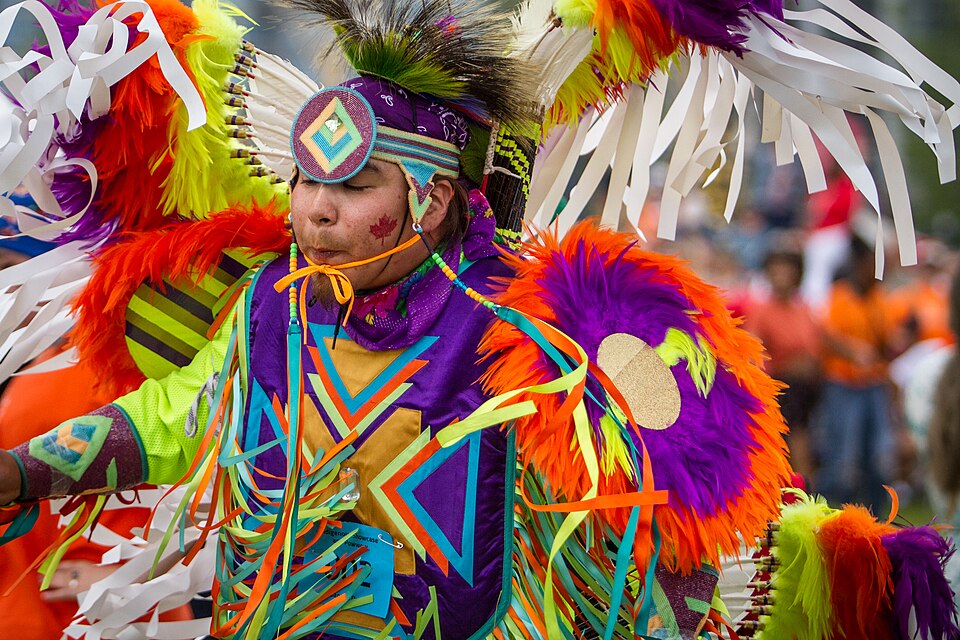Indigenous Canadians Face Severe Disparities in Cardiovascular Care

Indigenous Canadians are grappling with significant disparities in access to cardiovascular and stroke care, a situation exacerbated by systemic neglect and cultural insensitivity within the healthcare system. This crisis is particularly alarming given that cardiovascular disease is the leading cause of death among First Nations, Métis, and Inuit populations in Canada. According to a 2022 study published in the *Canadian Journal of Cardiology*, Indigenous peoples experience higher incidence, prevalence, and mortality rates from cardiovascular diseases compared to their non-Indigenous counterparts. The research indicates that First Nations patients have a cardiovascular disease prevalence approximately 2.5 times higher than that of non-First Nations patients (Canadian Journal of Cardiology, 2022).
The challenges faced by Indigenous communities are not merely statistical; they are deeply rooted in a history of colonialism and systemic inequities. Christine Faubert, Vice President of Health Equity and Mission Impact at Heart & Stroke, emphasizes, “The disparities in care for Indigenous Canadians are due to a mix of historical, systemic, and social factors. The legacy of settler colonialism has left deep scars, creating conditions that lead to significant health disparities.” This historical context is crucial for understanding the current healthcare landscape.
Many Indigenous patients encounter barriers that prevent them from seeking timely medical care. Heather Foulds, a researcher and professor at the University of Saskatchewan, notes that negative past experiences with the healthcare system lead to distrust and delays in treatment, often resulting in advanced disease states by the time patients seek help. “Some patients face 3-day delays following a stroke due to a lack of healthcare providers. Most rehabilitation centers are located in major cities, making access prohibitively difficult for remote communities,” she explains.
The cultural disconnect between Indigenous practices and Western medical paradigms further complicates care. Indigenous perspectives on health often emphasize community and familial relationships, contrasting sharply with the individual-focused approach prevalent in Western medicine. Margaret Hart, a doctoral student at the University of Manitoba, is actively working toward integrating Indigenous methodologies into healthcare education. She asserts, “Across Canada, First Nations and other Indigenous communities are drawing on generations of knowledge, relational teachings, and community-based values to promote health and well-being.”
In response to these disparities, various initiatives are underway. Heart & Stroke is focused on health reconciliation and aims to provide equitable healthcare access in culturally safe environments. Their program, StrokeGoRed, specifically targets women in northern communities lacking basic care, marking a significant step in addressing gender-specific health issues related to stroke.
Additionally, innovative solutions such as a virtual reality hub developed by Dr. Stacey Lovo at the University of Saskatchewan are being piloted to provide remote treatment to communities with limited access to healthcare facilities. This initiative represents a collaborative effort to empower Indigenous communities by placing them at the forefront of healthcare solutions.
Despite these efforts, the road to equitable healthcare for Indigenous Canadians remains fraught with challenges. Continued advocacy, research, and community-led initiatives are vital for overcoming the entrenched barriers that impede access to necessary cardiovascular and stroke care. As the healthcare landscape evolves, the importance of integrating Indigenous perspectives and addressing historical injustices will be crucial in shaping a more equitable future. The ongoing work of researchers and healthcare advocates offers hope for improved outcomes, but systemic change is essential to ensure that all Canadians receive the quality care they deserve.
Advertisement
Tags
Advertisement





